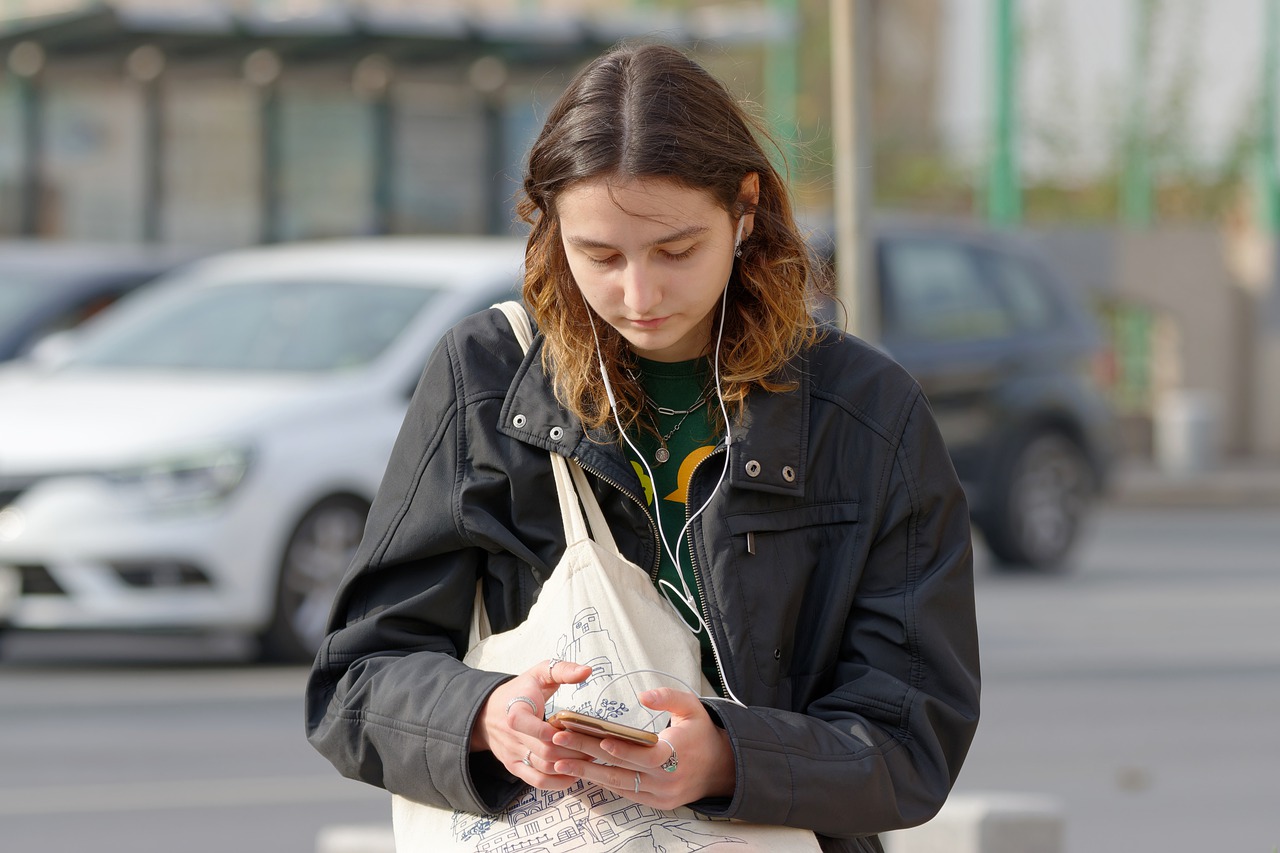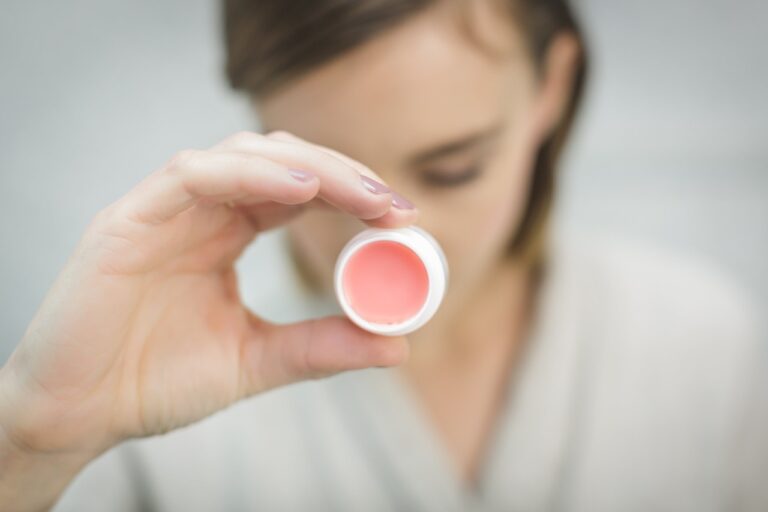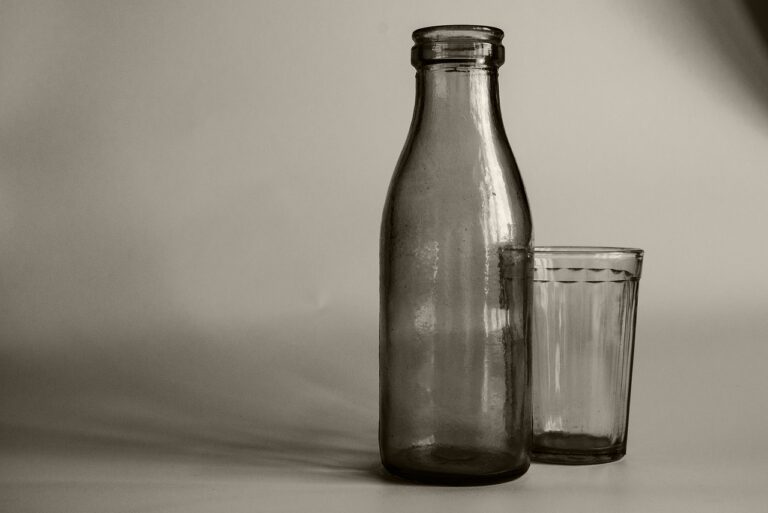The Healing Power of Art Therapy: Expressive Creativity for Well-Being
Art therapy offers individuals a creative outlet to express and explore their thoughts, emotions, and experiences in a safe and non-judgmental space. Through the process of creating art, individuals can tap into their subconscious and communicate feelings that may be difficult to express verbally. This form of therapy can be particularly beneficial for those who struggle with verbal communication or have experienced trauma.
Furthermore, engaging in art therapy can help individuals enhance their self-awareness and self-esteem. By reflecting on their artwork and the emotions it evokes, individuals can gain a deeper understanding of themselves and their inner world. This process of self-exploration can lead to increased self-acceptance and a greater sense of empowerment.
Understanding the Connection Between Art and Emotions
Art has long been known as a powerful medium for expressing emotions. Through the creative process, individuals are able to tap into their innermost feelings and experiences, translating them into visual forms. This unique ability of art to serve as a channel for emotions is what forms the foundation of art therapy.
Engaging in artistic activities allows individuals to explore and make sense of their emotions in a non-verbal way. Colors, shapes, and textures can convey subtle nuances and complexities of feelings that words may struggle to capture. This process of externalizing emotions onto a canvas or through sculpting can promote self-awareness, emotional healing, and personal growth. Art therapy provides a safe space for individuals to express, process, and eventually come to terms with their emotions, fostering a deeper understanding and acceptance of the self.
Exploring Different Types of Art Therapy Techniques
Art therapy encompasses various techniques that cater to individuals’ diverse needs and preferences. One common method is Gestalt therapy, focusing on enhancing self-awareness and promoting personal growth through art creation. Through this technique, clients explore their thoughts and emotions through the process of creating art, allowing for deeper introspection and understanding.
Another popular type of art therapy technique is mindfulness-based art therapy. This approach combines mindfulness practices with art-making to help individuals cultivate present-moment awareness and reduce stress. By immersing themselves in the creative process without judgment, participants can foster a sense of peace and mindfulness, promoting overall well-being and emotional regulation.
What are some benefits of art therapy?
Art therapy can help individuals express themselves creatively, reduce stress and anxiety, improve self-esteem, and process difficult emotions.
How does art therapy help in understanding the connection between art and emotions?
Through creating art, individuals can explore their thoughts and feelings in a non-verbal way, allowing for a deeper understanding of their emotions and experiences.
What are some different types of art therapy techniques?
Some common art therapy techniques include drawing, painting, sculpting, collage-making, and other forms of creative expression.
How can art therapy be used to address mental health issues?
Art therapy can be used as a complementary treatment for various mental health issues such as depression, anxiety, PTSD, and substance abuse, helping individuals process and cope with their emotions in a therapeutic way.
Is art therapy suitable for everyone?
Art therapy can be beneficial for people of all ages and backgrounds, but it may not be suitable for individuals who have difficulty engaging in creative activities or expressing themselves through art. It is important to consult with a qualified art therapist to determine if art therapy is a good fit for you.







